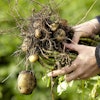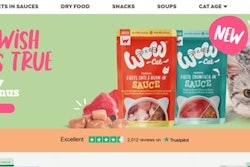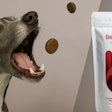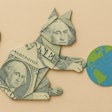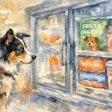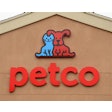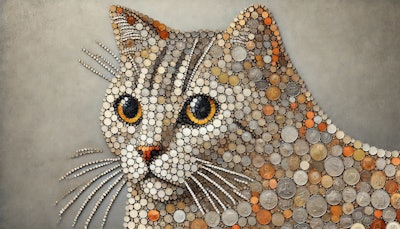
A new report from Research and Markets, a global leader in business intelligence, projects that the global organic and natural pet food market will exceed $57.2 billion by 2033. This represents an 82% increase over 2024, when the segment was valued at $31.42 billion.
Read this article in Portuguese on Petfood Forum Brazil
Mercado global de orgânicos e naturais projeta superar US$ 57 bilhões até 2033
According to the report, the market's growth is closely tied to pet parents’ increasing concern for animal health, as well as the growing availability of organic product certifications. The transformation of the retail landscape, particularly the rise of e-commerce, is also playing a key role in expanding the reach of organic and natural pet food products.
What’s driving growth in organic pet food?
Organic and natural pet foods are emerging as a significant trend across the industry, reflecting rising demand for healthier, more nutritious options. The organic segment alone is projected to grow from $2.54 billion in 2024 to $5.65 billion by 2033, at a compound annual growth rate (CAGR) of 9.29%.
This global growth is primarily fueled by shifting consumer preferences and growing awareness of pet health. According to Lívia Rodrigues Salcedo, internal coordinator of the Pet Market MBA at the University of São Paulo (USP), pet parents are increasingly recognizing the importance of providing nutrition that closely resembles a pet’s natural diet and supports overall well-being.
“The rising number of senior pets, allergies, obesity, and a better understanding of digestive health are all pushing demand for foods with functional ingredients, free from artificial additives, preservatives, and synthetic fillers,” she explains.
This trend aligns with the broader humanization of pets. As they’re more frequently seen as family members, pet parents are seeking transparency and sustainability in ingredient sourcing and are choosing products with familiar, trustworthy components.
These consumer behaviors also help explain key product trends. For example, pet food and treats containing cannabidiol (CBD)—legal in the U.S. and some European markets—reflect rising concerns over pet health and wellness. Eco-friendly packaging and creative reuse of natural materials, such as treats made from naturally shed elk antlers, demonstrate environmental engagement and a growing alignment between pet ownership and circular economy principles.
Insights for the Brazilian pet food market
According to Salcedo, Brazilian pet food brands have significant opportunities for growth in the natural and organic segment.
“Local brands can respond to rising demand for clean labels and familiar, healthy ingredients,” she says.
Sustainability is also becoming a key differentiator. As consumers grow more environmentally aware, investing in recyclable or biodegradable packaging can offer a competitive edge. Additionally, ethically sourced or repurposed materials may gain market traction.
“Even if elk antlers aren't viable here, there’s room for local research and innovation, such as treats made from dried fruit peels or food industry by-products,” she notes.
As for CBD-based products, while use of the compound remains restricted in Brazil, Salcedo believes there’s potential for future development. Companies should closely monitor the regulatory landscape via Brazil’s health and agriculture agencies, Anvisa and MAPA, to position themselves for upcoming market changes.
Finally, Salcedo emphasizes that innovative products must be supported by a strong brand narrative: “Consumers value storytelling and ingredient origin. Marketing needs to reinforce messages of naturalness, traceability, and environmental responsibility.”

